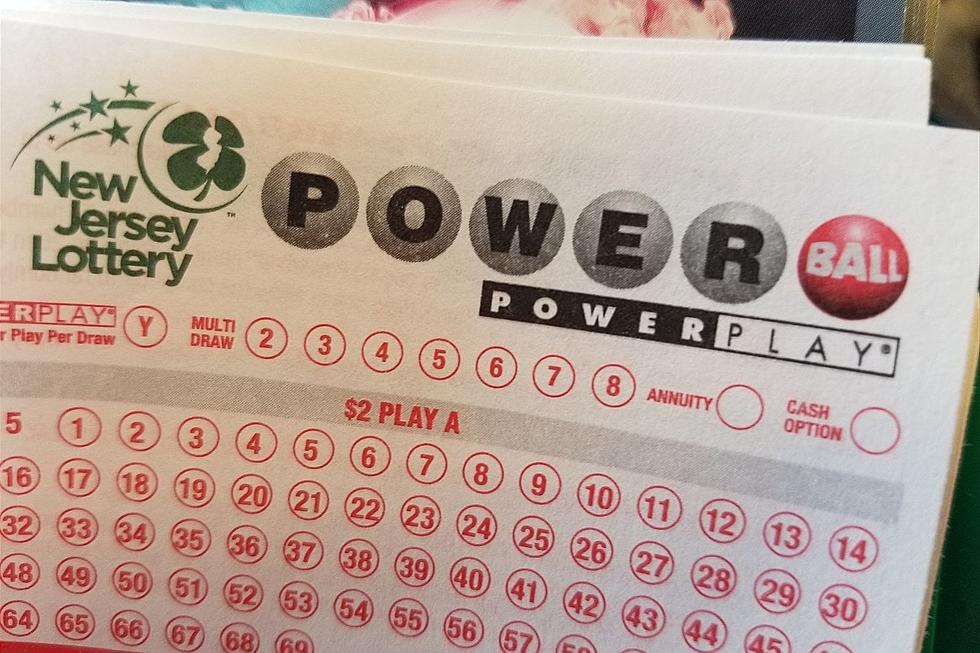
Concussions Still Ignored at Youth Level, Report Finds
Concussion symptoms aren’t stopping most student-athletes from getting back into the game, despite the risks.
In a report from the Centers for Disease Control and Prevention, nearly 70 percent of high school athletes with possible concussions admitted to playing through the symptoms.
“Concussion at Play: Opportunities to Reshape the Culture Around Concussion,” highlighted with a press conference outside Garfield High School on Tuesday, offered a snapshot of the latest research on the attitudes and knowledge surrounding these traumatic brain injuries.
“Athletes are worried about losing their position on the team and don’t want to let their coaches or their teammates down,” said Dr. Grant Baldwin of the CDC. “We need to change this mindset.”
Echoing some of the report’s recommendations, Baldwin said there needs to be a culture in youth sports where athletes are encouraged by coaches and parents to report a concussion, “regardless of how important the game is.”
Garfield High School soccer player Wojciech Piwowarczyk was on hand for the press conference in order to tell fellow athletes his story and let them know it’s okay to speak up about symptoms.
Piwowarczyk clashed heads with an opponent during an important game last year, and after dizziness and blurred vision set in, he was taken out of the match and later diagnosed with a mild concussion.
“It’s not a sign of weakness to tell yourself that you have a problem and to leave the game,” he said.
The senior returned to the team after a few games, once he was cleared by the protocols in place within in the township.
In 2012, the last year of hard data, over 325,000 children and teens were treated in emergency rooms for sports and recreation-related traumatic brain injuries, including concussions.
“That’s just shy of 40 injuries every hour,” Baldwin noted. “And that’s likely a huge undercount because many athletes don’t visit an emergency room after a concussion.”
More From WPG Talk Radio 95.5 FM










